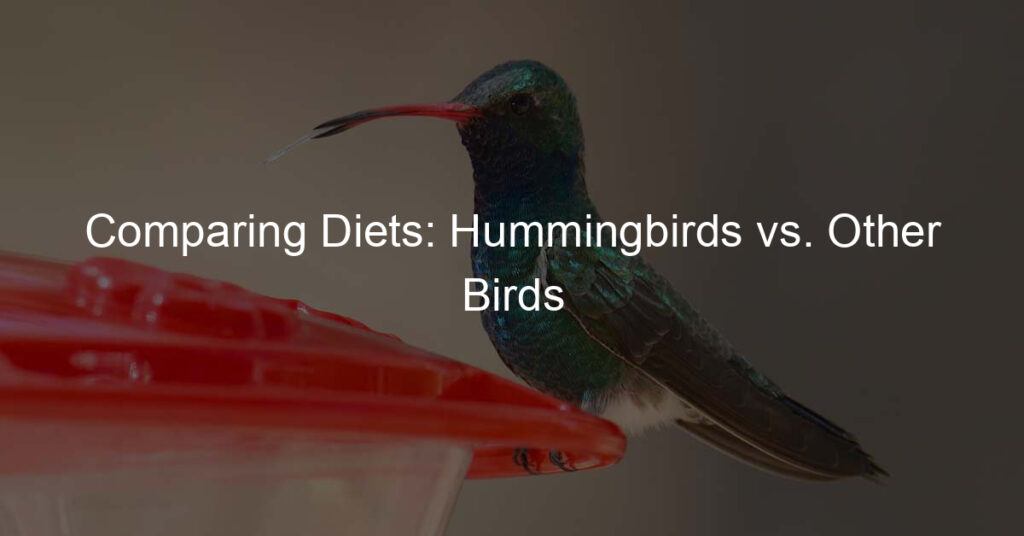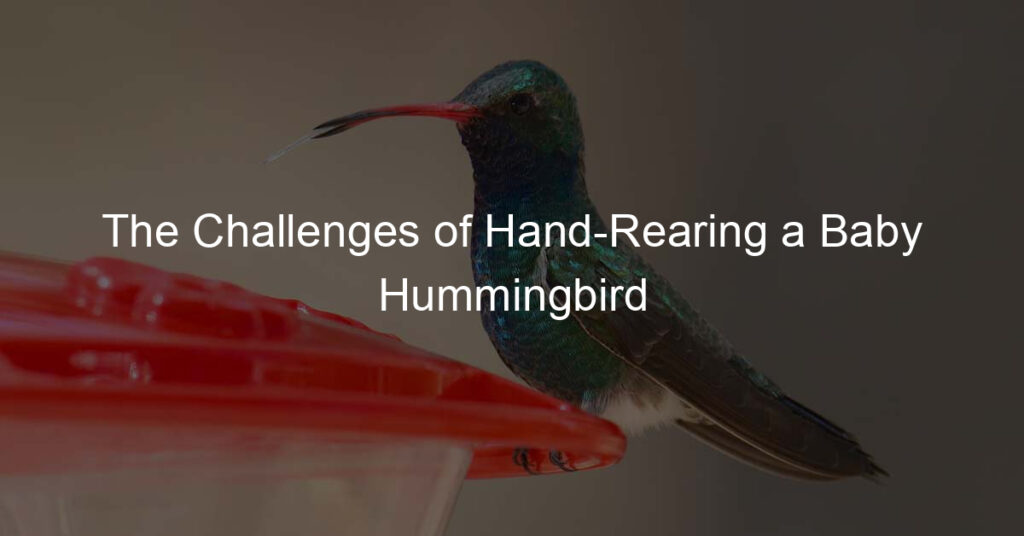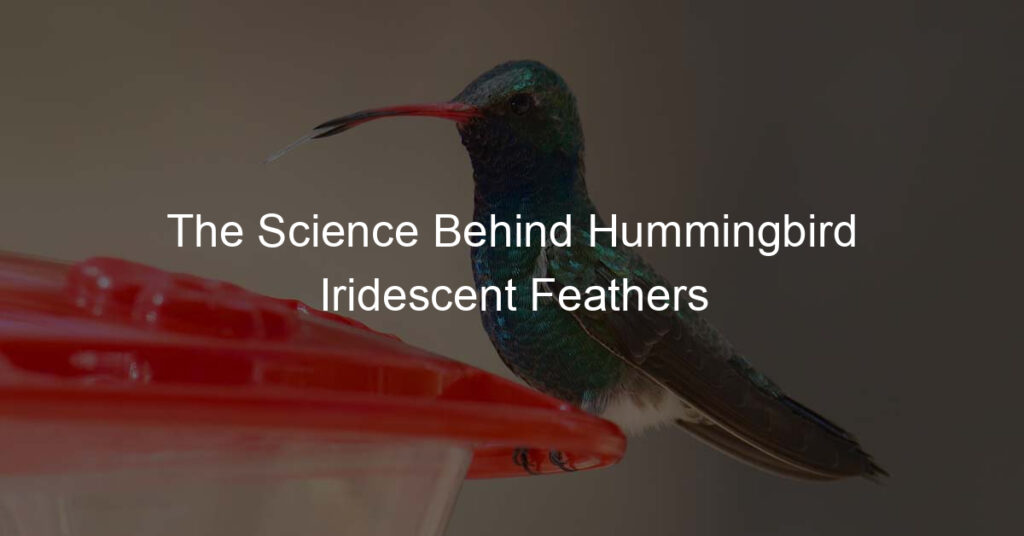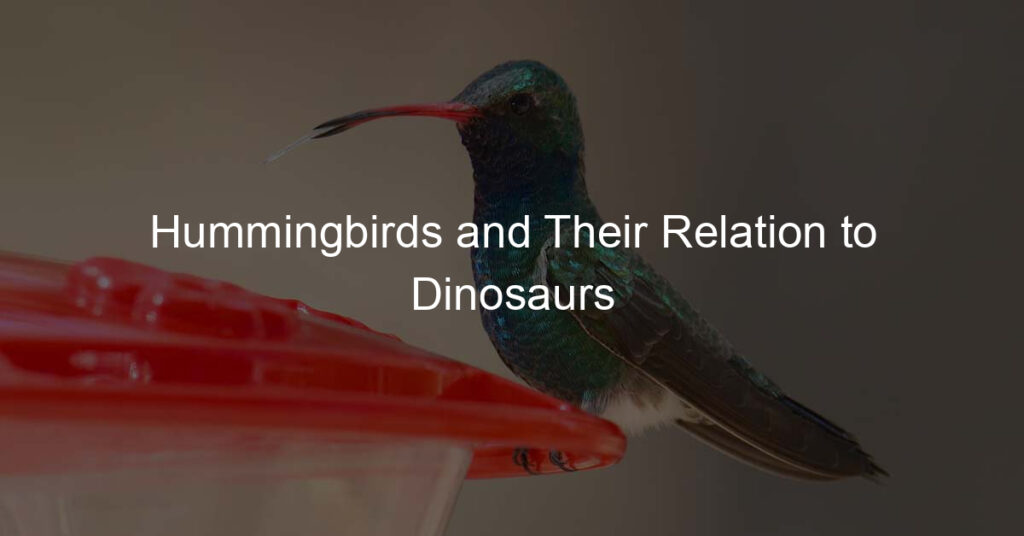Introduction: Timing for Hummingbird Feeders
Welcome to our comprehensive guide on the timing for setting up hummingbird feeders. This is a crucial aspect of attracting these beautiful creatures to your garden and ensuring they get the nutrition they need.
Importance of timing in setting up hummingbird feeders
Timing is key when it comes to setting up hummingbird feeders. These tiny birds have a high metabolism and need to feed frequently. Therefore, having your feeders ready at the right time can make a significant difference in attracting hummingbirds to your garden. It’s not just about having the feeder out, but having it out at the right time. This ensures that the hummingbirds get the sustenance they need when they need it.
Overview of hummingbird feeding season
The hummingbird feeding season varies depending on the region and the specific species of hummingbirds in that area. However, in general, hummingbirds are most active and in need of feeding during the spring and summer months. This is when they are breeding and raising their young, and therefore require more energy. It’s important to note that hummingbirds can be present and in need of feeding outside of these months as well, particularly during migration periods. Therefore, it’s a good idea to keep your feeders up from early spring through late fall.
In the following sections, we will delve deeper into understanding the hummingbird feeder schedule, the best time for setting up hummingbird feeders, and a step-by-step guide on preparing hummingbird feeders. We will also share a case study on timing it right with hummingbird feeders, key takeaways on when to hang hummingbird feeders, and conclude with tips on perfecting your hummingbird feeding schedule.
Understanding the Hummingbird Feeder Schedule
Feeding hummingbirds can be a delightful experience. However, it’s important to understand their feeding schedule to ensure they get the nutrients they need. This schedule varies with the seasons, and understanding it can help you prepare your hummingbird feeders accordingly.
Hummingbird Feeder Calendar: Seasonal Guide
Let’s take a look at the hummingbird feeder schedule across different seasons:
Spring: Preparing Hummingbird Feeders
Spring is the time when hummingbirds return from their winter migration. It’s the perfect time to clean and prepare your feeders. Make sure to fill them with fresh nectar to attract these tiny birds. According to Wikipedia, hummingbirds feed 5-8 times every hour, so keep your feeders well-stocked.
Summer: Peak of Hummingbird Feeding Season
Summer is the peak feeding season for hummingbirds. They need to consume more nectar to sustain their high energy levels. So, it’s crucial to keep your feeders clean and filled with fresh nectar. Remember, hummingbirds can visit up to 1,000 flowers a day for nectar, so your feeder is an important source of nutrition for them.
Fall: Winding Down the Hummingbird Feeding
As fall approaches, hummingbirds start to prepare for their migration. They’ll still visit your feeders, but not as frequently. It’s still important to keep your feeders clean and filled, as this can help hummingbirds store energy for their long journey.
Winter: Off-Season for Hummingbird Feeders
Winter is the off-season for hummingbird feeders in most areas, as these birds migrate to warmer regions. However, if you live in a region where hummingbirds stay year-round, keep your feeders up. Just remember to provide fresh nectar, even if the visits are less frequent.
Understanding the hummingbird feeder schedule can help you provide these beautiful birds with the nutrition they need throughout the year. Remember, a well-maintained feeder can attract more hummingbirds and help them thrive in your backyard.
Best Time for Setting Up Hummingbird Feeders

One of the most important aspects of attracting hummingbirds to your garden is knowing when to set up your feeders. Timing is everything, and understanding the best time to hang your hummingbird feeders can make all the difference.
Early Season Setup
Setting up your hummingbird feeders early in the season has its own unique advantages. Let’s delve into the benefits of early setup and learn how to attract those early migrators.
Benefits of Early Setup
Setting up your hummingbird feeders early in the season can be quite beneficial. For starters, it gives you a head start in attracting these beautiful creatures. Hummingbirds are known to return to the same feeding spots year after year. By setting up your feeders early, you can establish your garden as a reliable food source for these birds, increasing the chances of them returning to your feeders.
How to Attract Early Migrators
Attracting early migrators requires a bit of strategy. First, you need to know when hummingbirds start their migration. This varies depending on the species and the region, but generally, it’s around late winter or early spring. To attract these early birds, have your feeders up and ready a couple of weeks before the expected migration period. Fill your feeders with a sugar-water mixture, mimicking the nectar that hummingbirds feed on. Remember to clean and refill your feeders regularly to keep the birds coming back.
By understanding the benefits of an early season setup and implementing strategies to attract early migrators, you can enjoy the company of hummingbirds in your garden sooner rather than later.
Mid-Season Setup
Setting up your hummingbird feeders during the mid-season has its unique benefits and can attract a diverse range of hummingbirds. Let’s delve into the details.
Advantages of Mid-Season Setup
Mid-season is the prime time when the majority of hummingbirds are actively searching for food. This period typically sees the highest hummingbird activity, making it an excellent time to set up your feeders. Here are some advantages:
Increased Hummingbird Activity: With more hummingbirds around, your chances of attracting these beautiful creatures to your feeders are significantly higher.
Greater Variety: Mid-season attracts a diverse range of hummingbird species, offering a unique opportunity to observe different types of hummingbirds.
Consistent Feeding: During this period, hummingbirds are in constant search of food, ensuring regular visits to your feeders.
Attracting a Diverse Range of Hummingbirds
Attracting a variety of hummingbirds requires some strategic planning. Here are some tips to help you attract a diverse range of hummingbirds during the mid-season:
Use Multiple Feeders: Having more than one feeder can attract different species, as some hummingbirds may prefer to feed alone.
Offer Different Food Types: Different species of hummingbirds have different food preferences. Offering a variety of nectar, insects, and fruit can attract a diverse range of hummingbirds.
Provide Safe and Comfortable Feeding Conditions: Ensure your feeders are in a safe location, away from predators and harsh weather conditions. This will encourage more hummingbirds to visit your feeders.
Remember, the key to successful hummingbird feeding is patience and consistency. With the right setup and care, you can enjoy the delightful sight of these beautiful birds right in your backyard.
Preparing Hummingbird Feeders: A Step-by-Step Guide
Attracting hummingbirds to your garden is a rewarding experience. These tiny, vibrant birds bring life and color to your outdoor space. But to attract them, you need to set up a hummingbird feeder correctly. Here’s a step-by-step guide on how to do it.
Selecting the right feeder
Choosing the right feeder is the first step. There are many types of hummingbird feeders available, but the best ones are easy to clean and refill. They should also have red parts, as hummingbirds are attracted to this color. A feeder with an ant moat is also a good choice to prevent ants from reaching the nectar. Wikipedia has a comprehensive guide on hummingbird feeders.
Preparing the nectar
Hummingbird nectar is a simple solution of sugar and water. The ideal ratio is 1 part sugar to 4 parts water. Boil the water first, then dissolve the sugar in it. Allow it to cool before filling the feeder. Avoid using honey, artificial sweeteners, or food coloring as these can be harmful to hummingbirds.
Setting up the feeder
Place the feeder in a quiet and safe location. It should be at least 4 feet off the ground and away from windows to prevent collisions. If possible, hang it near flowering plants that hummingbirds like. This will make your feeder even more attractive to these beautiful birds.
Maintaining and cleaning the feeder
Regular maintenance is crucial for the health of the hummingbirds. Clean the feeder with hot water and a mild detergent every few days. Rinse thoroughly to remove any soap residue. Refill with fresh nectar after cleaning. In hot weather, nectar can spoil quickly, so check it daily and replace if it becomes cloudy.
By following these steps, you can create a welcoming environment for hummingbirds in your garden. Remember, the key to attracting hummingbirds is providing them with a reliable source of food in a safe and clean feeder.
Case Study: Timing it Right with Hummingbird Feeders
Understanding the best timing to set up your hummingbird feeders can greatly influence the number and variety of hummingbirds you attract. Let’s take a look at two case studies that highlight the importance of timing your feeder setup.
Case study 1: Early season setup success
John, a bird enthusiast from Texas, decided to set up his hummingbird feeders early in the season. He noticed that the hummingbirds started to arrive in his area in late February. So, he set up his feeders in mid-February, a couple of weeks before their arrival.
John’s early setup proved successful. He reported a significant increase in the number of hummingbirds visiting his feeders compared to the previous year when he set up the feeders in March. He also noticed a greater variety of hummingbird species. This case study demonstrates the benefits of setting up hummingbird feeders early in the season.
Case study 2: Mid-season setup benefits
Sarah, a bird watcher from California, chose a different approach. She set up her hummingbird feeders in mid-season, around late May. Sarah’s strategy was based on her observation that many hummingbirds in her area were busy nesting in early spring and were less likely to visit feeders.
Despite setting up her feeders later than John, Sarah also reported an increase in hummingbird visits. She noticed that the hummingbirds were more active and visited her feeders more frequently during the mid-season. This case study shows that a mid-season setup can also be beneficial, depending on the hummingbird behavior in your area.
Both case studies highlight the importance of understanding the behavior of hummingbirds in your area and timing your feeder setup accordingly. Whether you choose an early season or mid-season setup, the key is to observe and adapt to the hummingbirds’ patterns.
Key Takeaways: When to Hang Hummingbird Feeders
Understanding Hummingbird Behavior and Migration Patterns
Hummingbirds are fascinating creatures with unique behaviors and migration patterns. They typically migrate to warmer regions during the winter and return in the spring. Understanding these patterns is crucial to knowing when to hang your feeders. For instance, if you live in North America, you can expect hummingbirds to start arriving as early as March. Learn more about hummingbird behavior and migration patterns here.
Importance of Timing in Hummingbird Feeding
Timing is everything when it comes to feeding hummingbirds. Hanging your feeders too early or too late can mean missing the opportunity to attract these beautiful birds. The best time to hang your feeders is just before the hummingbirds are expected to return from their migration. This ensures that they have a reliable food source as soon as they arrive.
Benefits of Early and Mid-Season Setup
Setting up your hummingbird feeders early in the season can help attract more hummingbirds to your yard. It signals to the birds that your yard is a reliable food source, encouraging them to return throughout the season. A mid-season setup, on the other hand, can help attract hummingbirds that may have missed your early feeders or are just passing through.
Steps to Prepare and Maintain Hummingbird Feeders
Proper preparation and maintenance of your hummingbird feeders are crucial to attracting and keeping hummingbirds. This includes cleaning the feeders regularly to prevent mold and bacteria, refilling them with fresh nectar, and positioning them in a safe and visible location. Here are some steps to prepare and maintain your hummingbird feeders.
Conclusion: Perfecting Your Hummingbird Feeding Schedule
As we wrap up this informative journey about hummingbird feeding schedules, let’s take a moment to recap the key points and share some final thoughts on setting up hummingbird feeders.
Recap of timing for hummingbird feeders
Timing is crucial when it comes to feeding hummingbirds. As we’ve learned, hummingbirds typically feed early in the morning and late in the afternoon. However, they also need to feed throughout the day to maintain their high energy levels. Therefore, it’s important to have your feeders set up and filled with fresh nectar by sunrise, and to keep them stocked until sunset. Remember, consistency is key. If hummingbirds know they can rely on your feeder, they’ll keep coming back.
Final thoughts on setting up hummingbird feeders
Setting up a hummingbird feeder is more than just hanging a container filled with nectar. It’s about creating a safe and inviting environment for these tiny creatures. Choose a quiet, shaded spot for your feeder, away from predators and strong winds. Clean your feeders regularly to prevent mold and fermentation, and replace the nectar every few days, especially in hot weather. With patience and care, you can turn your backyard into a hummingbird haven.
In conclusion, perfecting your hummingbird feeding schedule requires understanding the feeding habits of hummingbirds, choosing the right feeder and location, and maintaining a consistent feeding schedule. With these tips in mind, you’re well on your way to becoming a hummingbird feeding expert. Happy birdwatching!







